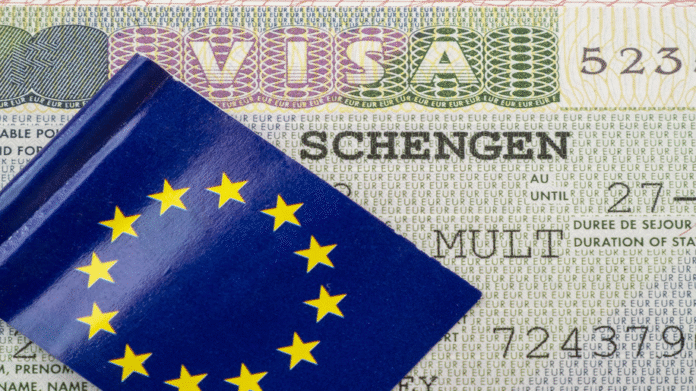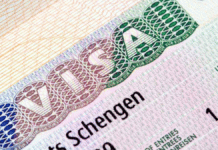The European Union is set to overhaul its Schengen visa process by replacing traditional visa stickers with a secure digital 2D barcode. The move, part of a broader shift to online applications approved by EU foreign ministers last year, aims to modernise and simplify travel to the 29 Schengen countries.
The digital barcode will be directly linked to the EU’s central visa system, allowing immigration officials to access personal data and visa validity in real-time. At border crossings, passengers can scan the code for faster clearance.
The system was successfully piloted during the 2024 Paris Olympics, where 70,000 digital visas were issued. Indian travellers stand to benefit significantly, first-time applicants must still submit biometrics in person, but repeat visitors can enjoy quicker processing, reduced paperwork, and biometric e-gate access.The Schengen visa reform marks one of the most significant updates in decades, ushering in a faster, more secure travel experience.
IN BRIEFThe European Union is phasing in a digital Schengen Visa system, replacing physical stickers with secure 2D barcodes, with full implementation expected by 2028. This new system aims to streamline applications by allowing online document submission, tracking, and payment, and to enhance security and efficiency at borders through real-time verification via a centralized database. Travel will become faster and simpler as immigration officials will scan the barcode at the border to instantly access visa and personal information.
How the New System Works
- Online Application: Applicants will upload required documents, pay fees, and track their application progress through a centralized online system, a process expected to be fully functional by 2026.
- Biometrics: First-time applicants will still need to provide biometrics in person at an embassy or consulate.
- Digital Visa Issuance: Once approved, applicants will receive a unique, encrypted 2D barcode that serves as their digital visa.
- Border Crossing: At the border, travelers will present the barcode for scanning by immigration officials, which will be directly linked to the EU’s centralized visa system for real-time verification of the visa’s validity and personal data.
Benefits of the Digital Schengen Visa
- Increased Security: The encrypted barcode system is designed to minimize fraudulent activities associated with physical visa stickers.
- Faster Processing: Automation of border control through real-time verification will significantly expedite the travel process.
- Improved Efficiency: The paperless, online application process makes it easier and more convenient for travelers.
- Technological Advancement: The digital system updates the visa process to be more technologically advanced and secure.











